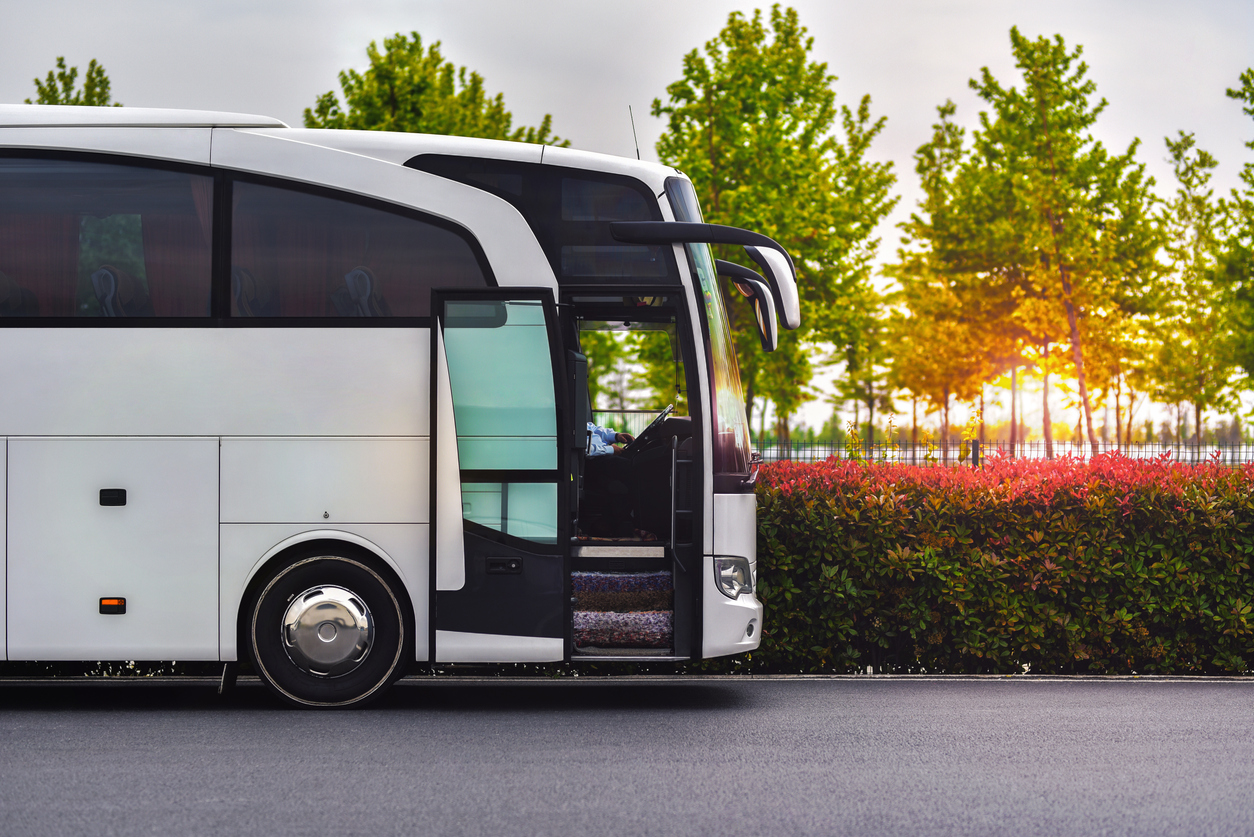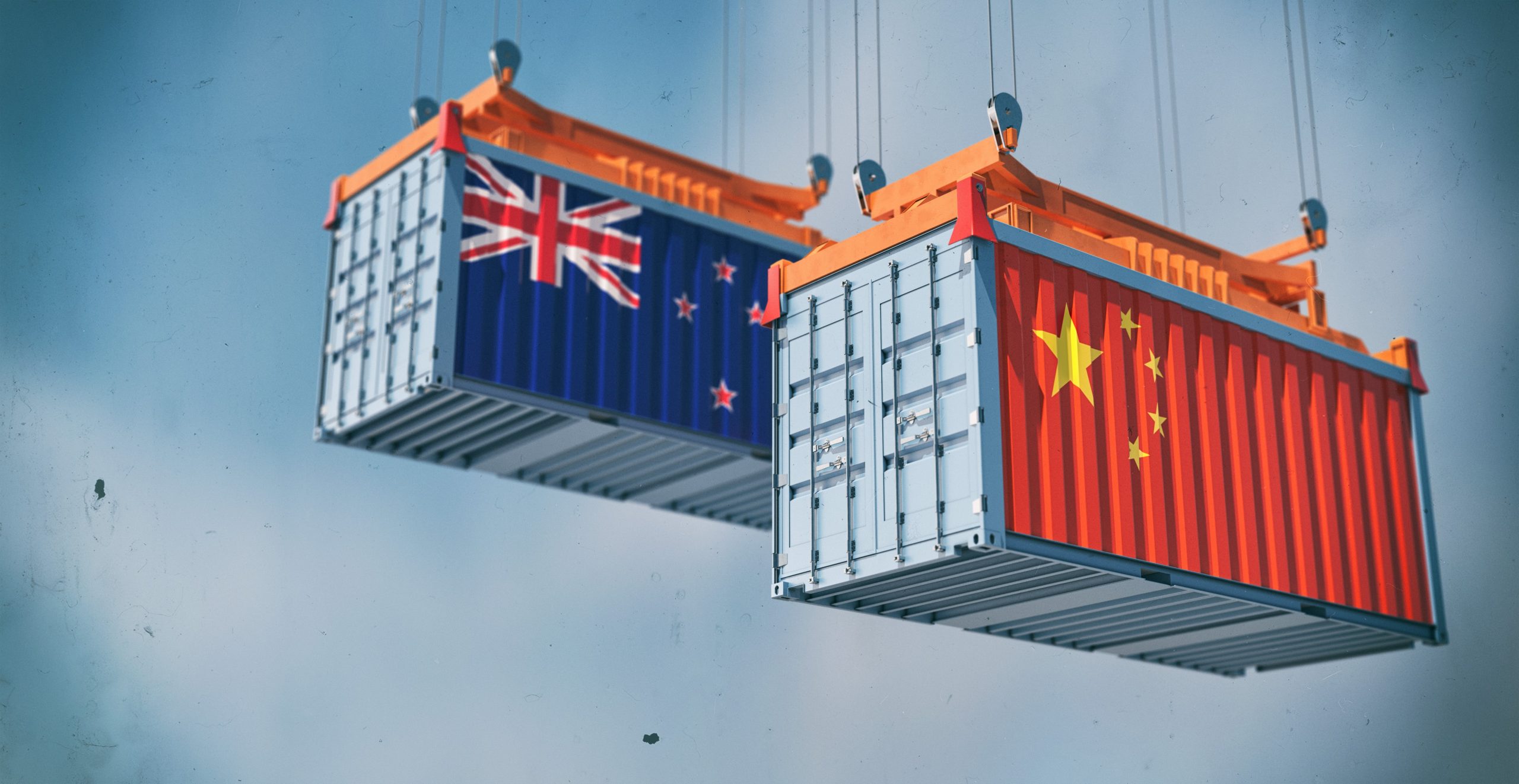The Evolution of Transportation Fares in Ghana: Exploring the Past, Present, and Future
The Evolution of Transportation Fares in Ghana: Exploring the Past, Present, and Future
Are you ready to embark on a thrilling journey through time? Join us as we delve into the fascinating world of transportation fares in Ghana, tracing their evolution from humble beginnings to the present day. Buckle up and prepare for an exhilarating ride that will not only shed light on how getting from point A to point B has transformed over the years but also offer insights into what lies ahead for this dynamic industry. So hop aboard our virtual time machine as we explore the past, embrace the present, and dare to imagine the future of transportation fares in beautiful Ghana!
Introduction
Introduction
Transportation is an essential aspect of daily life for many people in Ghana. Whether it’s for work, school, or leisure, getting from one place to another is a necessary part of our routines. However, the cost of transportation has always been a significant concern for Ghanaians. Over the years, transportation fares have undergone significant changes due to various factors such as economic conditions, government policies, and technological advancements.
In this blog article, we will take a closer look at the evolution of transportation fares in Ghana. We will explore how fares have changed over time and the various factors that have influenced these changes. Additionally, we will examine the current state of transportation fares in Ghana and make predictions about its future.
Historical Overview
Ghana’s history with public transportation dates back to colonial times when it was mainly dominated by rail and water transport systems. The first motorized transport system was introduced in 1923 with the establishment of Motor Transport Unit (MTU) under the Public Works Department (PWD). It provided intra-city bus services within Accra and other major towns using imported buses.
In 1957, after Ghana gained independence from British rule, there was an increase in demand for public transportation due to urbanization and population growth. As a result, private operators started emerging to fill this gap by providing bus services within cities and between regions.
– Brief history of transportation in Ghana
Ghana, located in West Africa, has a rich history when it comes to transportation. The country’s transport system has evolved significantly over the years, from traditional modes of transportation to modern and advanced methods. In this section, we will take a closer look at the brief history of transportation in Ghana.
The traditional mode of transportation in Ghana was mainly by foot or by using animals such as donkeys and horses. This method was used for centuries until the arrival of Europeans in the late 15th century. With their arrival came new modes of transportation such as ships and boats which were used for trade and travel between Europe and Africa.
During the colonial era, roads were built to facilitate trade between different parts of the country. However, these roads were mainly meant for transporting goods rather than people. The first railway line was constructed in 1898 by the British colonial government to transport cocoa from inland regions to coastal ports. This marked a significant milestone in Ghana’s transportation history as it allowed for faster and more efficient movement of goods.
In the early 20th century, motor vehicles started appearing on Ghanaian roads, starting with buses and taxis. These vehicles played a crucial role in transporting people within cities and towns, but they were still not accessible to everyone due to their high cost.
The past: Traditional modes of transportation and fare systems
In the past, traditional modes of transportation were the primary means of getting around in Ghana. These included walking, riding on horseback or donkey carts, and using carriages pulled by animals. These methods were often slow and limited in terms of distance, making it difficult for people to travel long distances.
The fare system during this time was also quite simple. People would either pay a flat rate for their journey or negotiate with the driver based on the distance traveled. This system worked well for short trips within local communities but became challenging for longer journeys.
As Ghana began to modernize and develop its infrastructure, traditional modes of transportation gradually gave way to more efficient and faster options such as buses, trains, and taxis. The introduction of these vehicles brought about changes in the fare systems as well.
Buses introduced fixed fares based on predetermined routes, making it easier for passengers to know how much they would have to pay before starting their journey. Trains also had set fares but were mainly used for transporting goods rather than people.
Taxis, on the other hand, operated differently from buses and trains. They did not have fixed fares but instead relied on negotiation between the passenger and driver. This system proved to be more expensive compared to buses but provided a quicker mode of transportation.
– Role of tro-tros, taxis, and buses
The role of public transportation in Ghana has played a vital role in the country’s development and economy over the years. Tro-tros, taxis, and buses have been an integral part of the transportation system in Ghana, providing affordable and accessible means of travel for both urban and rural communities.
Tro-tros, also known as minivans or shared taxis, are one of the most popular modes of public transportation in Ghana. These vehicles are often privately owned and operated by drivers who follow specific routes within cities and between towns. Tro-tros offer a more comfortable alternative to traditional buses at a lower cost. They can be easily identified by their bright colors and unique names painted on their sides.
One of the main advantages of tro-tros is their flexibility in terms of routes and schedules. Unlike other forms of transportation, tro-tros do not have strict timetables but rather operate on a continuous basis throughout the day. This makes them ideal for short-distance travel or when there is no fixed schedule.
Taxis, on the other hand, provide a more personalized mode of transport with designated pick-up points such as taxi ranks or street corners. They typically charge higher fares compared to tro-tros due to their individual service nature. Taxis are often used for longer journeys or when passengers require more privacy during their commute.
– How fares were determined
The determination of transportation fares in Ghana has a long and complex history, influenced by various factors such as economic conditions, government policies, and societal needs. In this section, we will delve into the evolution of how fares were determined in Ghana, from its early days to the present.
Early Days:
In the early days of transportation in Ghana, fares were determined by individual drivers who owned their own vehicles. This meant that there was no standardization or regulation of fares across different routes and modes of transportation. The price charged for a trip would depend on the driver’s discretion and negotiation with passengers. This often led to unfair pricing practices and exploitation of passengers.
Government Intervention:
As the transportation industry grew in Ghana, the government recognized the need for regulation and standardization of fares to protect both passengers and drivers. In 1969, the Road Traffic Act was passed which mandated that all public transport operators must obtain a roadworthiness certificate and adhere to prescribed minimum standards for vehicle maintenance. It also introduced a fare structure based on distance traveled.
However, this system faced challenges as it did not consider other important factors such as fuel prices or inflation rates. As a result, many drivers found it difficult to make ends meet while still providing affordable services for passengers.
– Impact on commuters
The transportation system in Ghana has undergone significant changes over the years, with fares being a major aspect of this evolution. The impact of these changes on commuters cannot be overlooked, as it directly affects their daily lives and expenses. In this section, we will explore the impact that transportation fare fluctuations have had on commuters in Ghana.
1. Financial Burden:
One of the major impacts of transportation fare changes on commuters is the financial burden it places on them. With most Ghanaians relying on public transport for their daily commute, any increase in fare can significantly affect their budget. For low-income earners or those living in rural areas where job opportunities are limited, even a small increase in fares can be a huge burden.
2. Difficulty in Budgeting:
Transportation fares are an essential expenditure for almost every individual in Ghana, and any change can disrupt their budgeting plans. Frequent changes in fares make it difficult for commuters to plan ahead and allocate funds appropriately for other essential needs such as food, education, and healthcare.
3. Time Management:
Transportation fare fluctuations also have an impact on time management for commuters. With increasing fares, people may have to resort to alternative routes or modes of transport to save money, which can result in longer travel times and delays. This is particularly problematic for those who rely on public transport to get to work or school on time.
The present: Modernization and changes in fare systems
The present era of transportation in Ghana is marked by significant modernization and changes in fare systems. With advancements in technology, the transportation industry has undergone a major transformation, leading to more efficient and convenient ways of commuting.
One of the most notable changes in the present day is the introduction of electronic payment systems for public transportation fares. In the past, commuters had to carry cash and pay for their fares using physical tickets. This process was not only time-consuming but also prone to errors and fraud. However, with the advent of electronic payment systems such as contactless cards, mobile wallets, and smart cards, passengers can now easily pay for their fares without any hassle.
The introduction of these electronic payment systems has also led to streamlined fare collection processes for transport operators. They no longer have to handle large sums of cash or deal with issues such as counterfeit notes or insufficient change. This has not only improved efficiency but also reduced the risk of theft and robberies on public transport vehicles.
Another key aspect of modernization in Ghana’s transportation fares is the implementation of distance-based pricing models. In the past, public transport fares were fixed regardless of the distance traveled by a passenger. This meant that commuters traveling shorter distances were paying similar amounts as those traveling longer distances. However, with distance-based pricing models, passengers now pay according to how far they travel, resulting in fairer and more affordable fares.
– Introduction of ride-sharing services
Introduction of ride-sharing services has been a game-changer in the transportation industry in Ghana. Ride-sharing, also known as carpooling or car sharing, is a service that allows people to share a ride with others going in the same direction. It is typically organized through a mobile application or website that matches individuals looking for a ride with drivers who have available seats in their vehicle.
The concept of ride-sharing is not new to Ghana, as it has been practiced informally for decades. However, the introduction of technology-based ride-sharing services such as Uber and Bolt (formerly known as Taxify) has revolutionized the way Ghanaians commute.
The first ride-sharing service to enter Ghana was Uber in 2016. Since then, several other companies have joined the market, providing commuters with more options and flexibility. These services operate similarly; users request rides from nearby drivers through an app on their smartphones, and payments are made electronically without the need for physical cash.
One of the main reasons why ride-sharing services gained popularity quickly in Ghana is due to its convenience and affordability. With increasing traffic congestion and unreliable public transportation systems, many Ghanaians were looking for alternative means of travel. Ride-sharing offered a solution by providing efficient door-to-door transportation at competitive prices.
Moreover, these services also provide employment opportunities for thousands of Ghanaians who own vehicles or work as drivers for these companies. This has contributed to improving the country’s economy and reducing unemployment rates.
– Government regulations on fare prices
Government regulations on fare prices have played a significant role in shaping the evolution of transportation fares in Ghana. Over the years, there have been several policies and laws put in place by the government to regulate and control the cost of transportation for citizens.
One of the earliest forms of government regulation on fare prices can be traced back to the colonial era when Ghana was under British rule. The British introduced the Road Traffic Ordinance in 1926, which aimed to regulate road transport and its associated fees. This ordinance set maximum fares for different modes of transportation such as taxis, buses, and trains. However, these regulations were mainly focused on protecting the interests of British-owned transport companies rather than benefiting Ghanaians.
After gaining independence in 1957, Ghana’s first president Dr. Kwame Nkrumah implemented various policies that sought to improve public transportation and make it more affordable for all citizens. In 1960, he established the State Transport Corporation (STC) with a mandate to provide reliable and affordable public transport services across the country. The STC was also responsible for setting standard fare rates for all modes of transportation.
– Effects on commuters and drivers
The evolution of transportation fares in Ghana has had a significant impact on commuters and drivers alike. Over the years, changes in pricing and policies have greatly affected the way people travel within the country. In this section, we will explore the effects of these changes on both commuters and drivers.
1. Commuters:
One of the main effects of changing transportation fares on commuters is their financial burden. As fares increase, it becomes more expensive for individuals to travel from one place to another, especially for those who rely on public transportation for daily commuting. This can be particularly challenging for low-income earners or students who have limited budgets.
Moreover, frequent fluctuations in transportation fares can disrupt the budgeting process for many individuals. For example, if a person plans their monthly expenses based on a certain fare rate, sudden increases can throw off their entire budgeting plan and create financial strain.
Additionally, changes in transportation fares can also affect commuters’ access to essential services such as healthcare, education, and employment opportunities. If fare rates become too high, individuals may not be able to afford necessary trips like visiting a doctor or attending job interviews in other parts of the city.
2. Drivers:
Transportation fare changes also have a significant impact on drivers in Ghana. With increasing fuel prices and vehicle maintenance costs, drivers often struggle to make ends meet while trying to stay competitive with their fare rates.
The future: Predictions for transportation fares in Ghana
The future of transportation fares in Ghana is an important topic for both commuters and the transportation industry. As Ghana continues to develop and modernize, the demand for efficient and affordable transportation options will only increase. In this section, we will explore some predictions for how transportation fares may evolve in the coming years based on current trends and developments.
1. Increase in Public Transportation Options: With rapid urbanization and population growth, there will be a higher demand for public transportation in Ghana’s major cities such as Accra, Kumasi, and Takoradi. This will lead to an increase in the number of buses, minibusses (trotros), taxis, and ride-hailing services like Uber and Bolt. With more competition among these modes of transport, it is predicted that prices may become more competitive, resulting in lower fares for commuters.
2. Integration of Technology: The use of technology has been steadily increasing in Ghana’s transportation sector over the past few years. Cashless payment systems have been introduced by some bus companies, making it easier for passengers to pay their fares without worrying about carrying exact change or dealing with counterfeit currency. It is expected that more companies will adopt this technology in the future, leading to faster transactions and increased convenience for passengers.








Comments are closed.